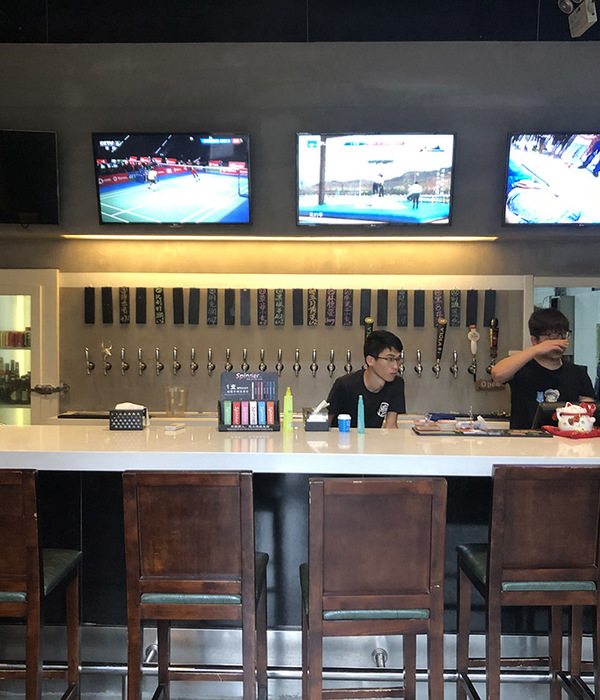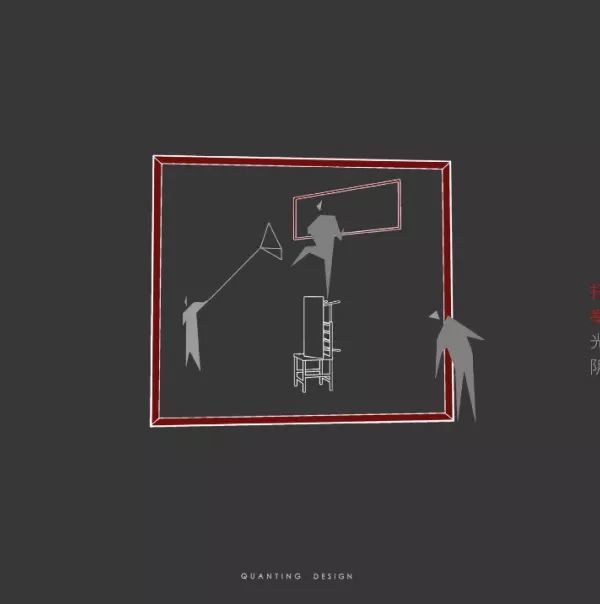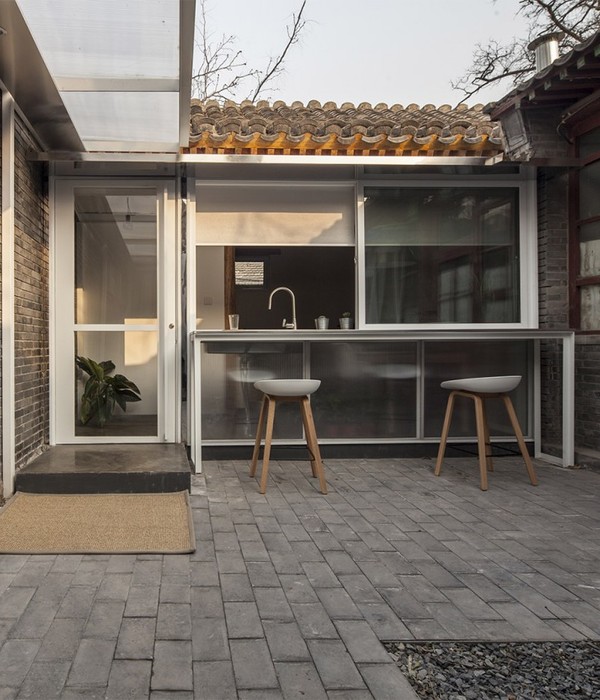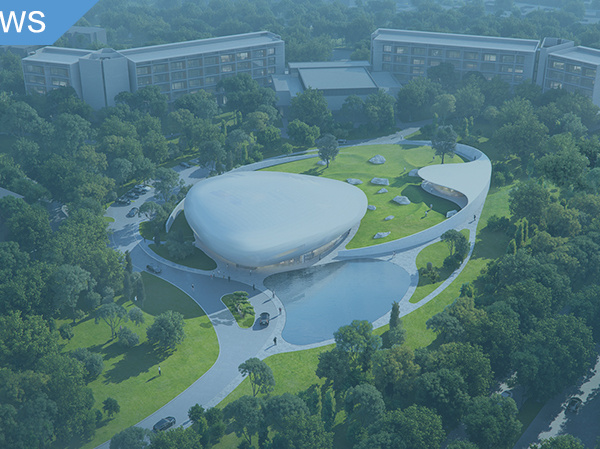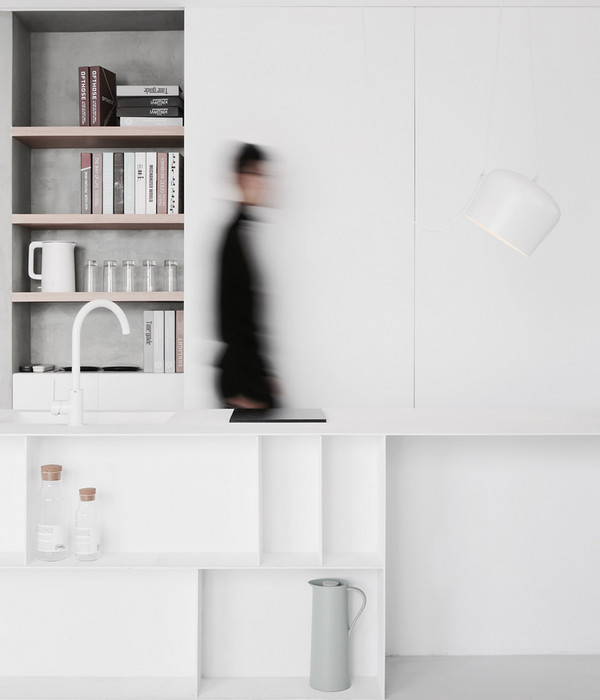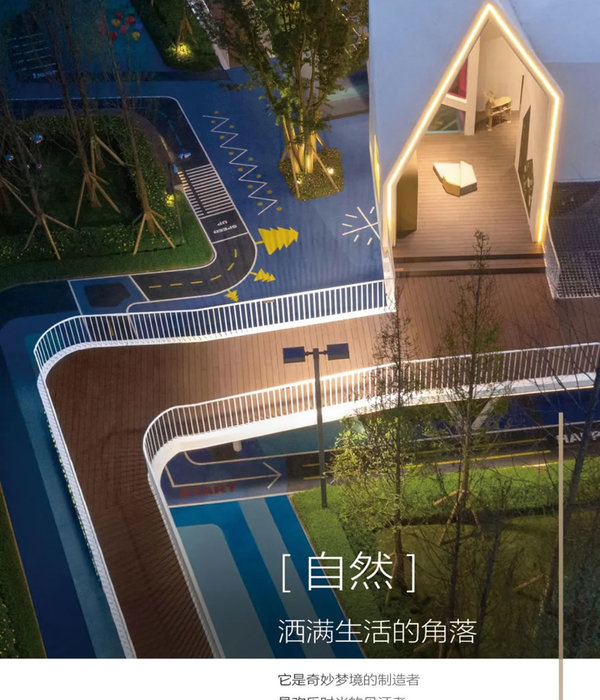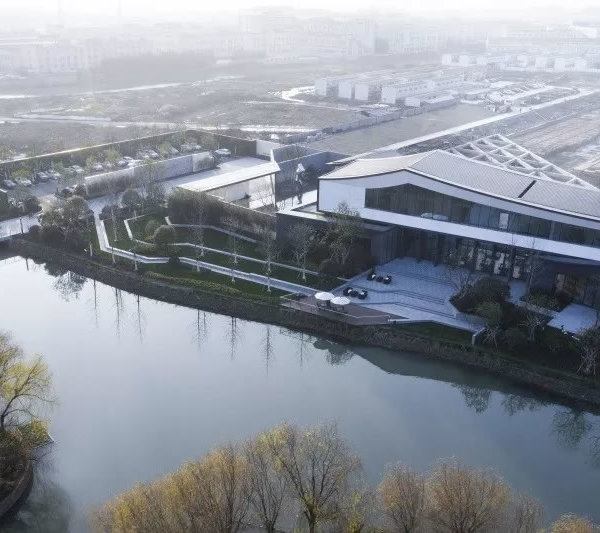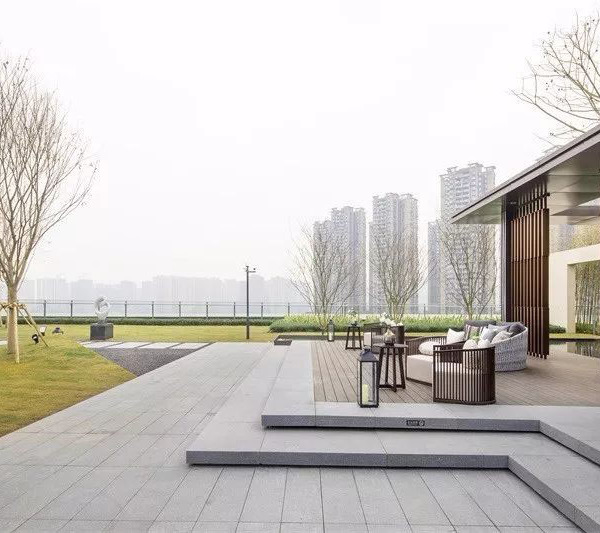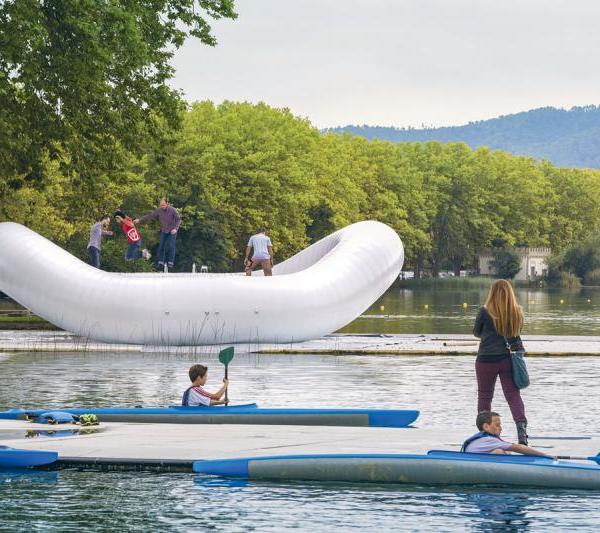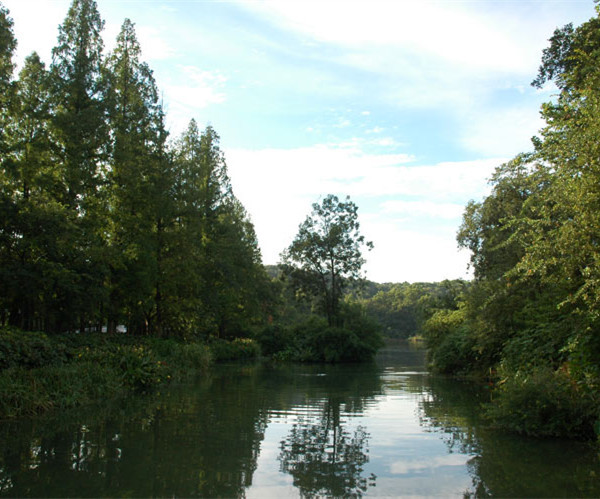The Sri Lankan Pavilion, at La XXII Triennale di Milano, Broken Nature: Design takes on Human survival, designed by PEIA Associati represents its own interpretation of the exhibition’s theme inspired by the UN Habitat program discussion and settlements of the marginalized.
A “Piece of Sky” offers a basic environment conducive to start productive activities and settlements protected from meteorological variables. The sky is the protagonist in our global conversation on how to ensure human survival through conscious thought, design and execution. The simplicity and affordability of this solution makes it versatile enabling it to be accessible to both governmental programs and private individuals. Individuals who are facing issues of minimum access to technology and security, can now devote themselves towards improving their living conditions both socially and economically with this technology through a careful management of scarce resources that can repair social and environmental misappropriations accumulated in the last century.
Upon entering into the pavilion, an eminent dark blue colour represents the background scenery of the greenhouse and the dwelling unit. The sky will represent the cycle of life, energy resources, oxygen and water, but also will depict climate changes, excesses and shortages of water, rise of temperatures, greenhouse effect, acid rains and surplus of Co2. The roof of the pavilion is formed from coloured raw cotton, a Sri Lankan Fabric, that has been cut into thousands of strips and hung to depict the sky.
Above the “greenhouse house” model, scaled 1.20, the sun, which was replaced by a circadian lamp, whose cycle is a true replica of the sun’s light radiation spectrum, works like a real hydroponic cultivation. This new light designed by PEIA, emerges from a collaboration between Robonica (the young Italian Start-up of Hydroponic system) and FLOS. This same light, will be used for the first time in the renovation of the United Nation main hall in Geneva, the first hall to provide the benefits of circadian Light to nine hundred delegates and users.
Below the sun, “A piece of sky”, the technological greenhouse shelter solution for sustainable housing program aims to stimulate biological diversity and reduce environmental impact by enhancing pre industrial agriculture through the use of technological support, without being bounded by seasonal and/or meteorological limitations. The added shelter would encourage users to harvest their own food by redefining agriculture.
The shelter is conceived with maximum transparency (use of glass) and strength, through the use of thin yet strong unique profiles of galvanized steel, designed to be cost effective, easy to built and able to resist tropical typhoons and monsoon. The problems of sun radiations and insects were solved by the use of a net, that is held up by the shape of the shed. The structure optimizes the bracing and hanging of any cultivation, lighting and accessories to facilitate the “under roofing” agriculture and small breeding. The glass collects the rain water during monsoon season and hosts photovoltaic panels which will provide energy for the water pumps and for the LED circadian lamps. The rain water is purified before being stored for use during the dry season.
Real mini-plants will be growing over the next six month under the model of “A Piece of Sky “ with the help of Robonica’s hydroponic system which can be associated with the concept of vertical farming. The system combines light with natural minerals and water. Out of soil technology, like hydroponic agriculture, can optimize the space where every one sqm of land can have 3 to 5 crops. In the same way, eventually, by introducing hydroponic agriculture, one square meter of land can produce fifty times more when compared to traditional agriculture methods thus ensuring crop harvest, simpler agricultural techniques, no use of pesticide, high quality of crops, and only 10% of water consumption.
In the initial phase, as represented by the model, the structure can cover an old hut that represents a typical housing dwelling in Sri Lanka. Movies and 3D views represent the evolution of the housing unit and its users as the greenhouse shelter starts to be utilized.
The pavilion explores how this project is not only a technical proposal for rural areas, but also how it can relate cross contextually. Actions instigating urban regeneration takes on added value with cultural and creative initiatives executed throughout the country.
{{item.text_origin}}

